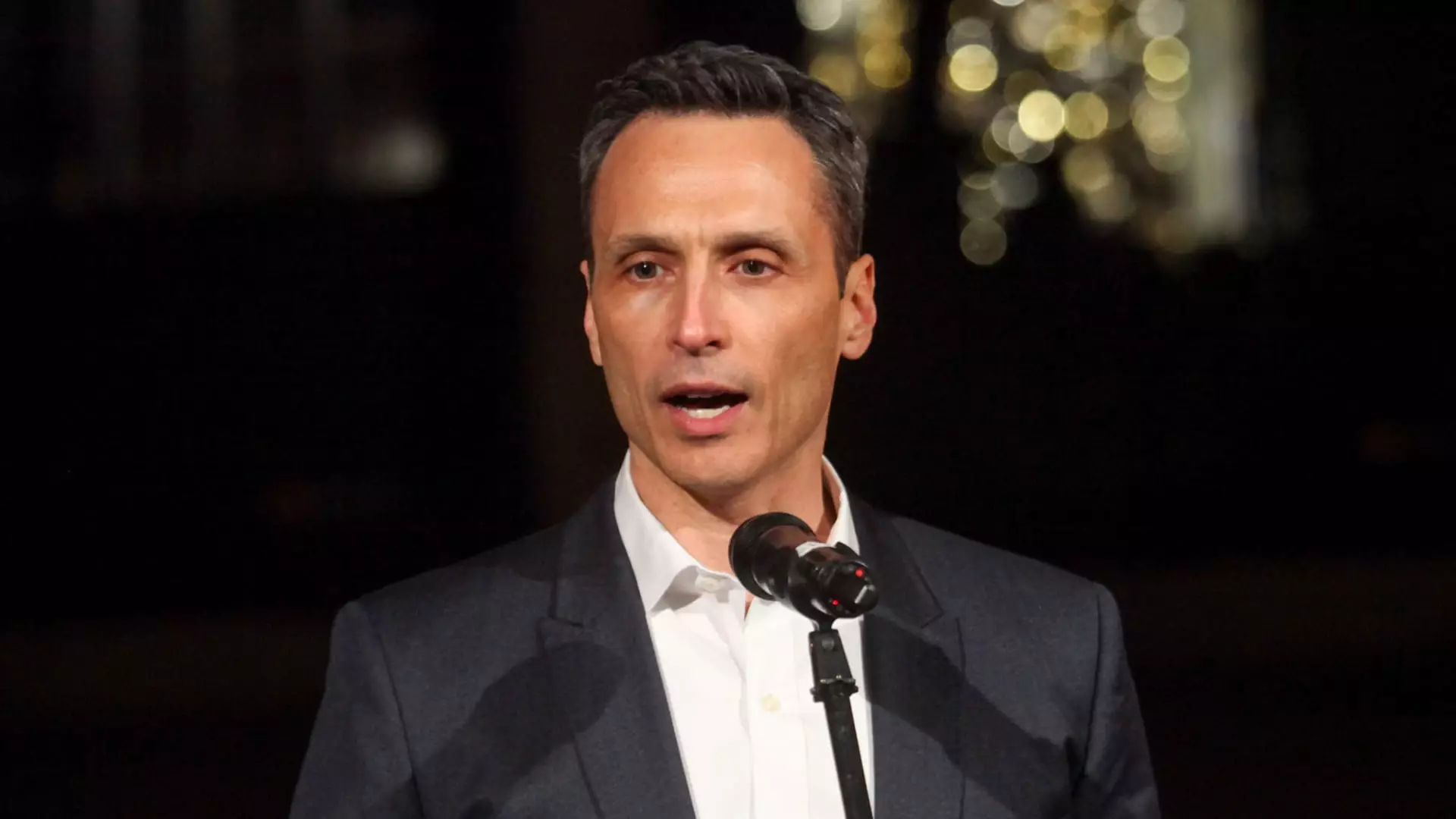Disney’s ESPN, the behemoth of all-sports networks, is facing a critical juncture in its more than 40-year history. For decades, ESPN has relied on increasing cable subscription fees to boost its annual revenue. This strategy proved successful as the network first charged pay-TV distributors less than $1 per month per subscriber in the 1980s, eventually reaching $9.42 per subscriber in 2023. However, with the changing media landscape and the rise of cord-cutting, ESPN’s traditional business model is now under threat.
In response to the decline in cable subscriptions, ESPN has outlined a two-part streaming strategy to drive growth in revenue. The first phase involves making ESPN accessible outside of the traditional cable TV bundle for the first time in a joint venture with Warner Bros. Discovery and Fox. This move is aimed at capturing non-cable customers who are interested in sports but are unwilling to pay for an expensive bundle of networks. The second phase, set to launch in fall 2025, will see ESPN unveil its flagship streaming service that offers both live and on-demand content. This service promises unprecedented personalization and integration with ESPN Bet and fantasy sports, catering to a younger audience.
ESPN Chairman Jimmy Pitaro acknowledges the industry-wide shift towards digital consumption, noting the decline in the traditional cable and satellite universe. This transition to digital platforms marks a significant turning point for ESPN, as it looks to adapt to the changing media landscape. Pitaro and head of programming Roz Durant are confident in ESPN’s growth strategy, emphasizing the network’s commitment to innovation and adaptation. However, former Disney and ESPN executives such as Bob Chapek, John Skipper, and Mark Shapiro caution that ESPN faces numerous obstacles as it navigates its future path.
As ESPN embarks on its new streaming initiatives, it faces a host of challenges. The network must contend with the increasing fragmentation of the media landscape, intense competition from other sports networks, and evolving consumer preferences. Additionally, ESPN will need to strike a delicate balance between retaining its existing cable audience and attracting new digital subscribers. The success of ESPN’s streaming services will hinge on the network’s ability to deliver compelling content, personalized experiences, and innovative features that resonate with both traditional and digital audiences.
ESPN’s evolution from a cable-driven revenue model to a digital streaming strategy represents a bold move to secure its position in the ever-changing media landscape. By adapting to the realities of cord-cutting and shifting consumer behaviors, ESPN is positioning itself for long-term success in a digital-first world. However, the network must remain vigilant and agile in the face of ongoing challenges to ensure its continued relevance and profitability in the years to come.

